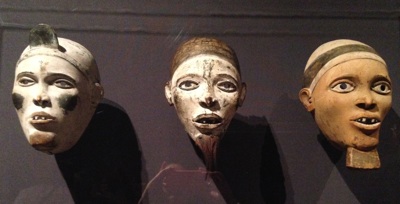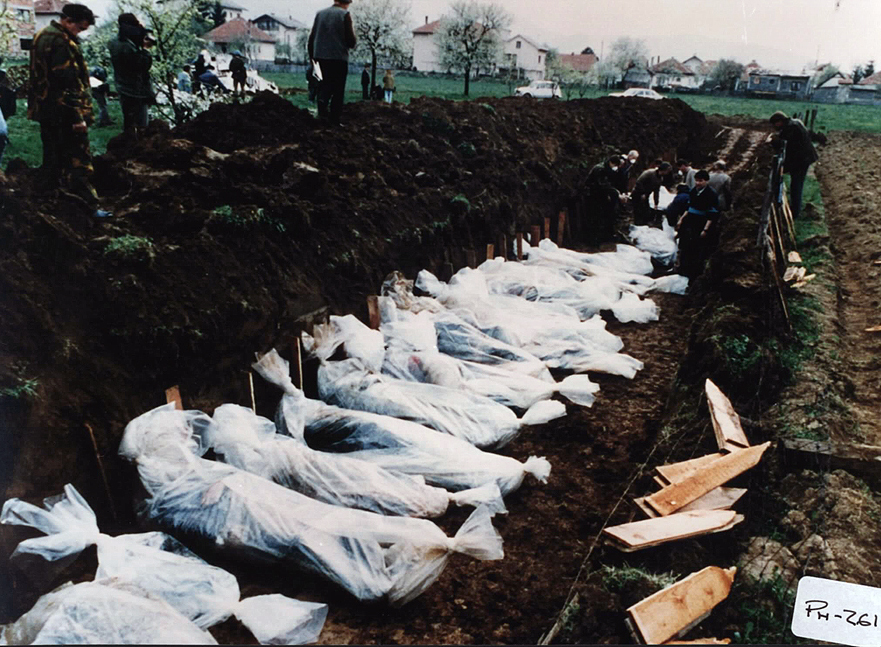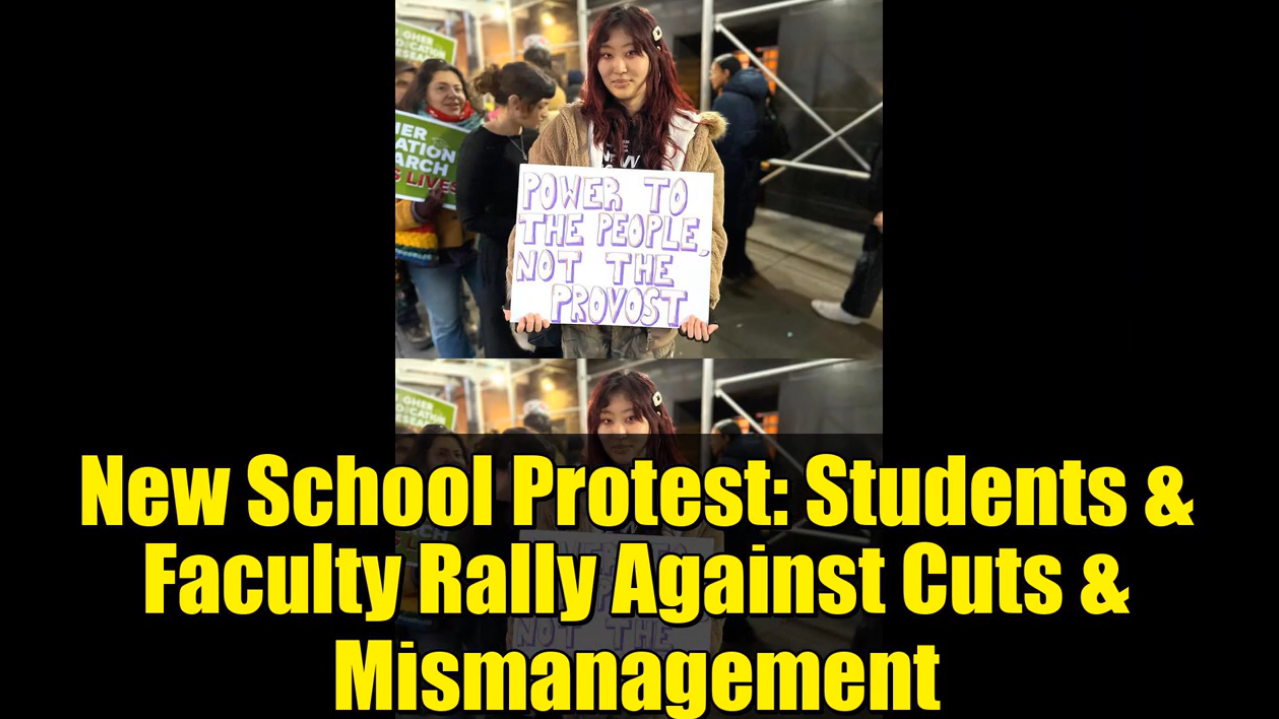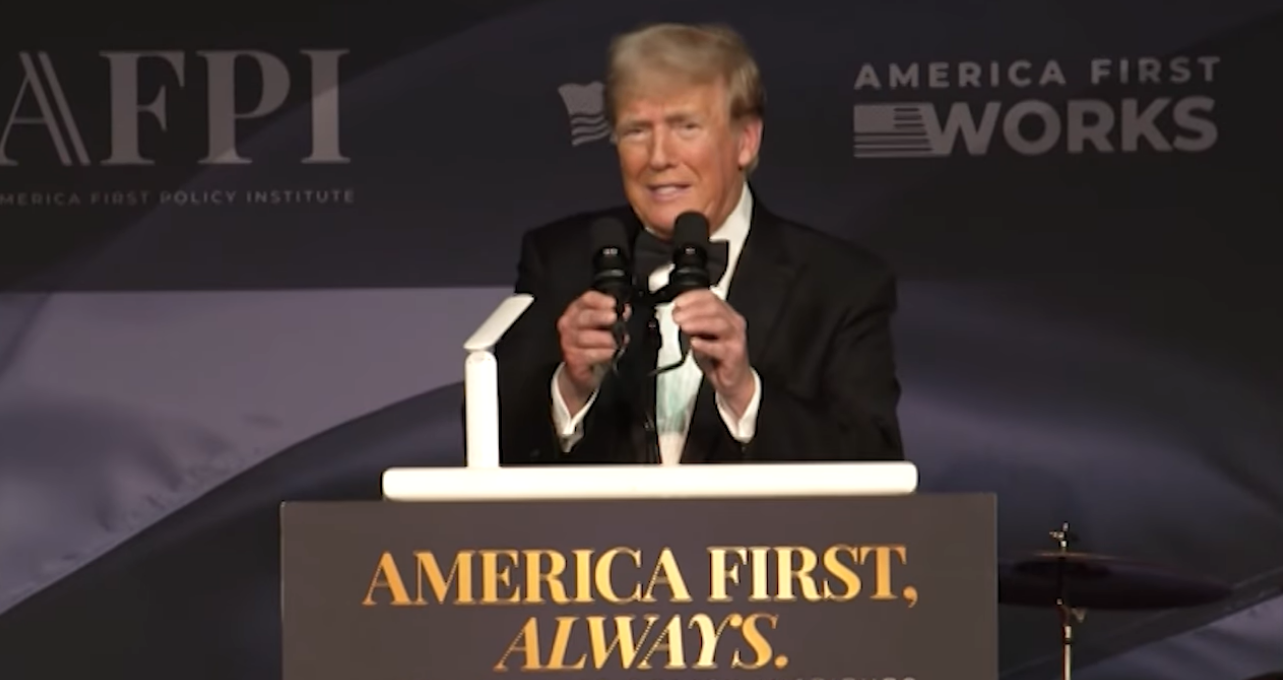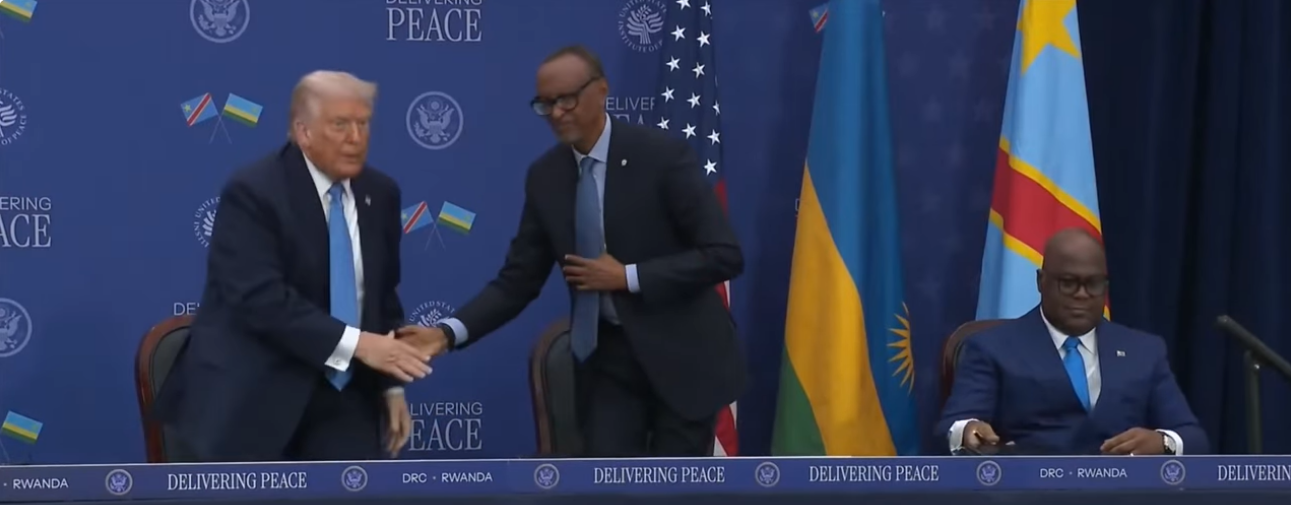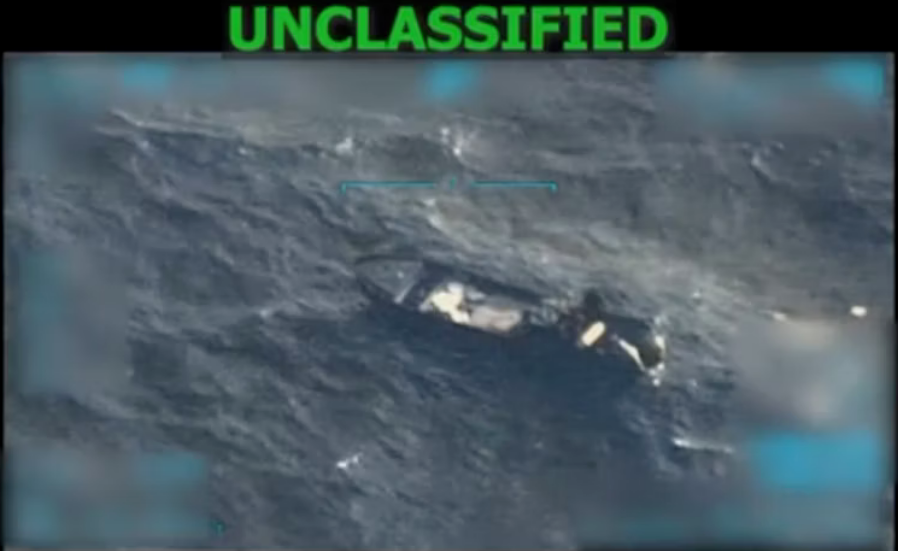[Review: Art]
In 1483 local African authorities greeted a Portuguese sailing ship in the mouth of the Kongo river. No one understood it at the time, but this was the first step in a centuries-long invasion and war for the usurpation and control of central Africa, its population, and it’s natural resources.
This war, which continues today in various forms, is the subject of the Metropolitan Museum’s exhibit, “KONGO: POWER AND MAJESTY.“
The exhibit, a 500 year record of interactions, begins with a limestone pillar, erected to commemorate the first contact. The pillar was initially described as a symbol of friendship and of a desire for trade among equals.
But of course, the Kongolese spoke no Portuguese. It’s real meaning was the first Portuguese claim of territorial sovereignty over the entire river basin. This was the first in a long list of deceptions and dishonesty by a succession of European powers. The so-called “age of discovery” which in fact was euphemism for plunder and massacres had begun.
At this point of first contact, the Kongo was by far the more “civilized” society of the two. Portugal was just emerging as a unified nation-state, still trying to eliminate Moorish control of the Iberian peninsula. The Kongo, by contrast was a large and peaceful society that stretched from present day Angola to Gabon, including areas that now comprise The Democratic Republic of Congo (Kinshasa) and the Congo Republic (Brazzaville.) It existed from 1390 to 1914; between 1891 to 1914 it was a vassal Kingdom of Portugal.
The stability and longevity of the society is clearly evident in artifacts on display at the MET, including elaborately carved elephant tusks sent to the Portuguese King as a diplomatic symbol of friendship. These carvings became highly desirable collectors’ items among the European elite, including the Medici family, as early as the 16th century.
Our school systems here in the U.S. and popular culture paint a picture of a “primitive” society, ripe for conquest; the reality was far different. Although the Kongolese had no written scripts –many other African societies did– their scholars, within 10 years were able to read, write, and speak fluent Portuguese. The exhibit features many 17th century letters from Kongo to Europe and Brazil.
Among the correspondences on display are letters to the Italian pope, asking for copies of bibles, crucifixes, and Christian theology. Again the context is important. The Kongolese King who was in power in 1485, Nzinga a Nkuwu, “converted” to Christianity only because the new beliefs were similar to the centuries-old theology already practiced by his people. He later reverting back to his African religion.
When asked to accept Christian missionaries to convert his people, the monarch declined. Instead, he offered to send his own scholars to Europe to study and “translate” the doctrine to his people. He would not allow the Europeans to take their beliefs, unfiltered, into his countryside. It would be more than 200 years before Dr. David Livingston would be able to penetrate the interior.
The exhibit includes a number of stunning raffia textile pieces whose geometric patterns were exact replicas of symbols seen on early iron age artifacts. The continuities speak to the uninterrupted centuries of culture and of the societal wealth needed to sustain a class of specialized artists and craft persons.
This not-to-be-missed sampling of African art, theology, and diplomacy which started September 18, 2015 and ends January 3, 2016, tells the story of the ancient Kongo Kingdom’s struggle for self determination in the face of European colonialism and the transatlantic trade in enslaved Africans.
